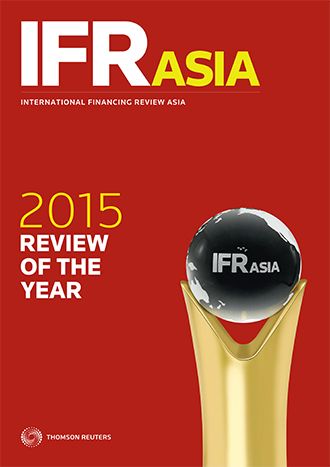After all the ups and downs throughout the year, 2015 is ending much as it began. The US Federal Reserve’s policy meetings continue to dictate market sentiment, China’s economy is still cooling, and energy prices remain depressed.
Volatility was the one constant feature of the past 12 months, affecting markets from Chinese equities to US Treasuries, South-East Asian currencies or commodity prices.
While many of those benchmarks are back close to their starting point, however, the volatility of 2015 may have a longer-lasting significance as the disruption that inspires change.
Markets challenged the status quo in many ways over the past 12 months. China’s regulators discovered they cannot control the country’s stock markets, shortly before international investors found out they cannot bank on China continuing to control its currency.
Credit investors discovered that close ties to the Chinese government are no protection against default. Equity underwriters made money in India. Global corporate issuers sold bonds in Australia. South-East Asia missed even the most modest of expectations.
For the arrangers and advisers who make their living from Asia’s capital markets, the disruptions of 2015 make planning for the next year all the more challenging.
Growing competition from local underwriters is unsettling the world’s leading investment banks, testing their commitment to the Asian markets at a time when regulations are making bank capital drastically more expensive.
After the wheels fell off the A-share bandwagon in June, the third quarter of 2015 was a miserable one for most investment banks – in Asia and globally, as fears of a hard landing in China dragged down markets across the world.
Even when markets are open, inflated syndicates and disproportionate distribution to Chinese investors are piling pressure on underwriting fees. Top billing on an Asian equity or debt offering may no longer be enough for a Basel III-compliant investment bank to make ends meet. The next 12 months will tell whether innovation will be enough to solve that conundrum, or whether the Asian capital markets are set for the same kind of disruption that has transformed other industries in recent years.
Whatever comes next, the deals and institutions featured in these pages make it clear that execution is playing a more significant role in Asian financings. Issuers and investors had to work hard to take advantage of market conditions in the year just gone, and that equation is unlikely to change in 2016.
In that respect, a little disruption is welcome. For too long, Asian issuers have had things all their own way, riding the wave of US quantitative easing to access global markets with ease. 2015 showed that dynamic is changing as the differential between Asian and global growth rates narrows, putting a premium on market access. Faced with greater competition for capital, Asia will have to tread carefully to ensure that it is allocated efficiently.
To see the digital version of this report, please click here.
